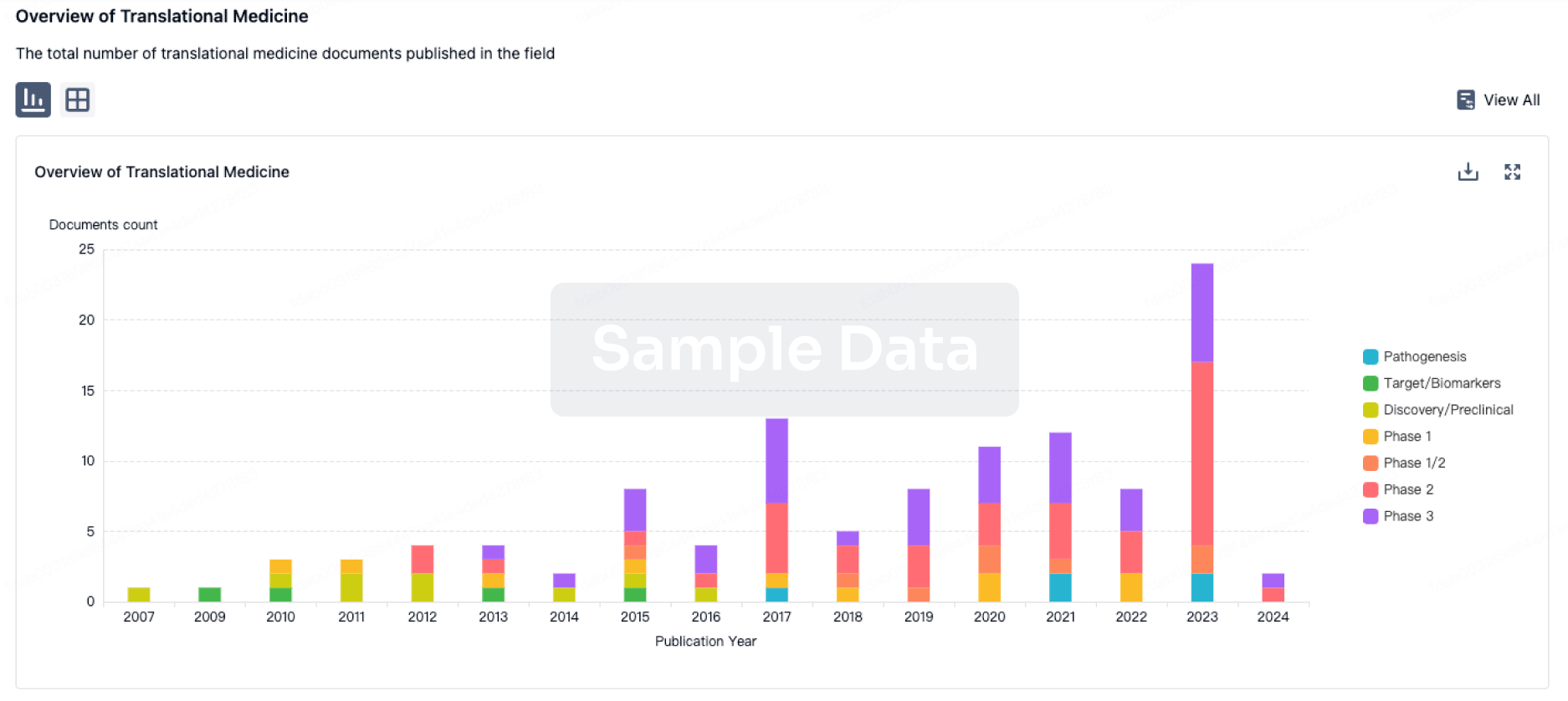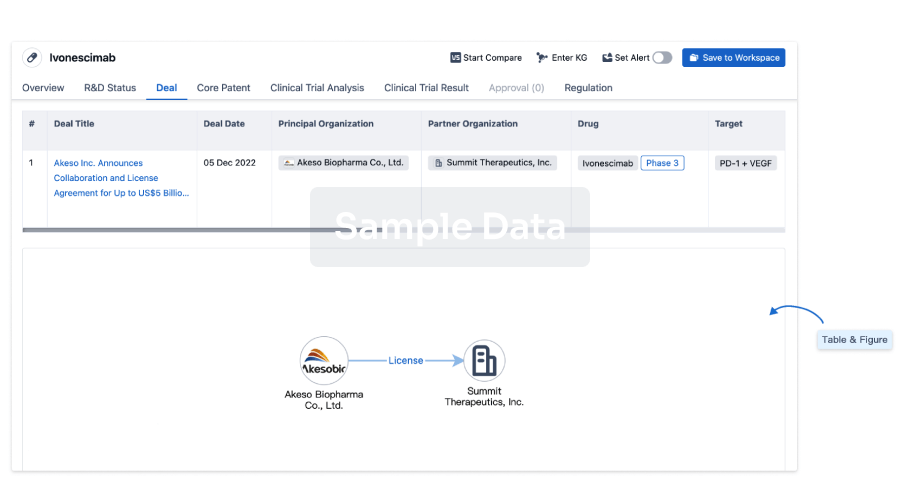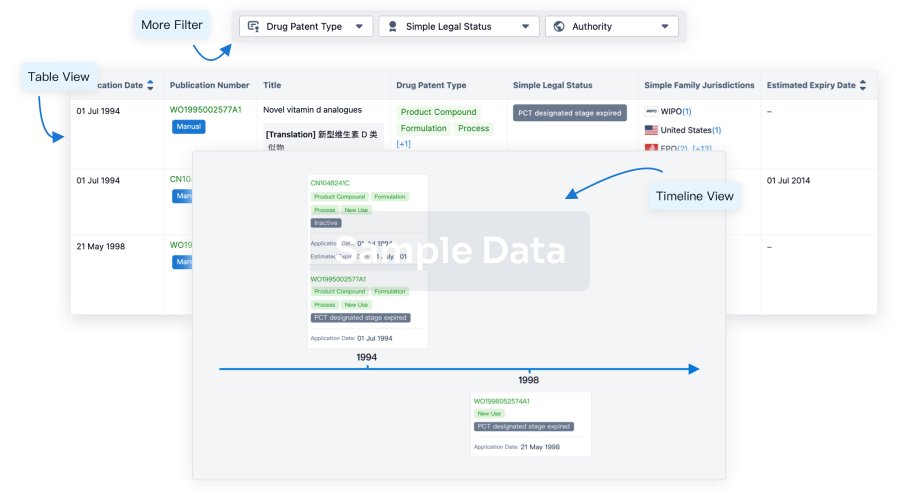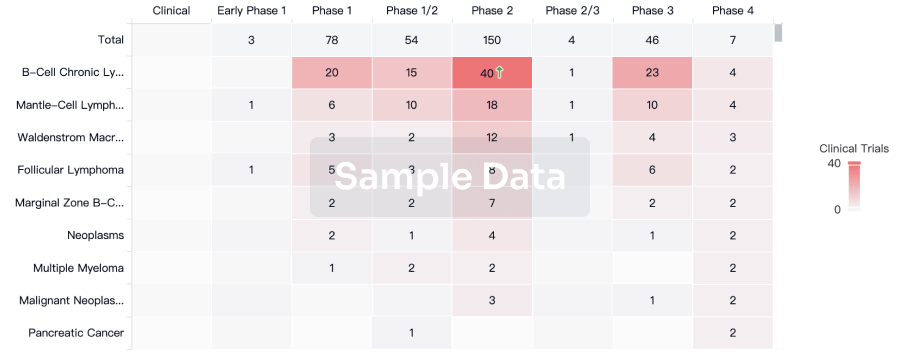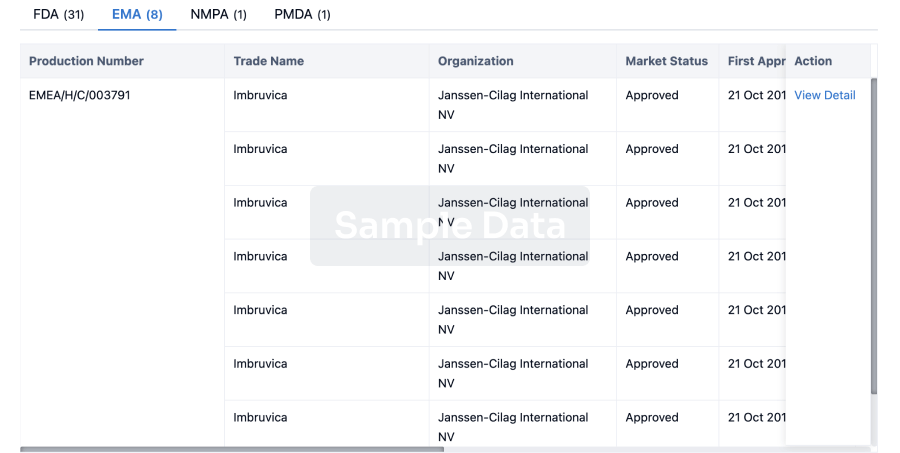WILMINGTON, Del.--(BUSINESS WIRE)--Synnovation Therapeutics, a precision medicine company focused on the discovery and development of best-in-class targeted medicines, today announced that it will be presenting the initial results from a Phase 1 Trial of SNV1521, a next-generation, CNS-penetrant PARP1-selective inhibitor, at the 2025 Annual Meeting of the European Society for Medical Oncology in Berlin, Germany.
“We look forward to sharing the first clinical dataset for our PARP-1 selective inhibitor, SNV1521, with the scientific community in Berlin,” said Kevin O’Hayer, M.D., Ph.D., Senior Vice President, Head of Clinical Development at Synnovation. “We have generated encouraging anti-tumor activity and a differentiated safety and PK profile that supports best-in-class potential and further development as a monotherapy and in combination with novel targeted and cytotoxic agents.”
Patricia LoRusso, D.O, Ph.D, Associate Center Director for Innovative Medicine at Yale Cancer Center, will present the initial results on Friday, October 17, 2025. The details of the presentation are below:
Oral Presentation:
Title:
First results from a phase 1 trial of SNV1521, a next generation, CNS-penetrant, PARP1-selective inhibitor in patients (pts) with molecularly selected advanced solid tumors (Abstract #923MO)
Presenter:
Patricia LoRusso, DO, PhD
Details:
Developmental Therapeutics Mini Oral Session
Friday, October 17, 2025; Heidelberg Auditorium
10:25 – 10:30 AM EST (4:25 – 4:30 PM CET)
"PARP1 selective agents offer the promise of delivering effective PARP inhibition while mitigating the hematologic and GI toxicity associated with first generation PARP inhibitors," said Patricia LoRusso, D.O., Ph.D., Associated Center Director for Innovative Medicine at Yale Cancer Center. "By optimizing PARP1 selectivity and potency, SNV1521 has the potential to emerge as a best-in-class agent with a differentiated safety profile compared to standard of care and PARP inhibitors in development."
Synnovation also announced a clinical collaboration with DualityBio to evaluate the combination of SNV1521 with Duality’s HER3-directed antibody-drug conjugate (ADC), DB-1310. DB-1310 is a novel ADC targeting HER3 developed using DualityBio's proprietary DITAC platform. In June 2025, Dr. Aaron E. Lisberg from the University of California, Los Angeles (UCLA) presented the first-in-human Phase I/IIa clinical trial data (NCT05785741) of DB-1310 in an oral session at the 2025 American Society of Clinical Oncology (ASCO) Annual Meeting. The results demonstrated encouraging efficacy and a manageable safety profile in patients with advanced solid tumors who had failed standard therapies.
“The combination of cytotoxic agents with PARP inhibitors has shown clear preclinical synergy, however, overlapping hematologic toxicity has so far hindered the successful co-development.” said Wenqing Yao, Ph.D., CEO and Co-Founder at Synnovation. “This collaboration provides an exciting opportunity to evaluate the combination of two potentially best-in-class therapies—a heme-sparing, PARP1-selective inhibitor, SNV1521, and the HER3-targeting ADC, DB-1310—with the aim of demonstrating synergistic efficacy and improving patient outcomes”.
About Synnovation Therapeutics
Synnovation is dedicated to the discovery and development of best-in-class therapeutics that can improve the lives of patients. By leveraging our deep expertise in biology and a world class medicinal chemistry team, we are building a diverse pipeline of novel small molecule targeted therapies. Our mission is to efficiently advance these agents into clinical trials with the goal of transforming care through patient-focused precision medicine. Synnovation’s pipeline also includes SNV4818, a potentially best-in-class, highly potent pan-mutant PI3Kα inhibitor with excellent selectivity against wild type PI3Kα, currently in a Phase 1 study. Additional programs include SNV5686, a potential best-in-class WRN inhibitor in preclinical development and additional discovery programs in oncology and immunology. For more information, please visit www.synnovationtx.com.
About DualityBio
Duality Biotherapeutics (HKEX:09606) is a clinical-stage biotech company dedicated to the discovery and development of next-generation ADCs to treat cancer and autoimmune diseases. DualityBio has successfully built several cutting-edge ADC technology platforms with global intellectual property rights. Leveraging a robust pipeline, DualityBio is conducting multiple global clinical trials across over 20 countries and has enrolled over 2,600 patients for multiple clinical-stage ADC candidates.
